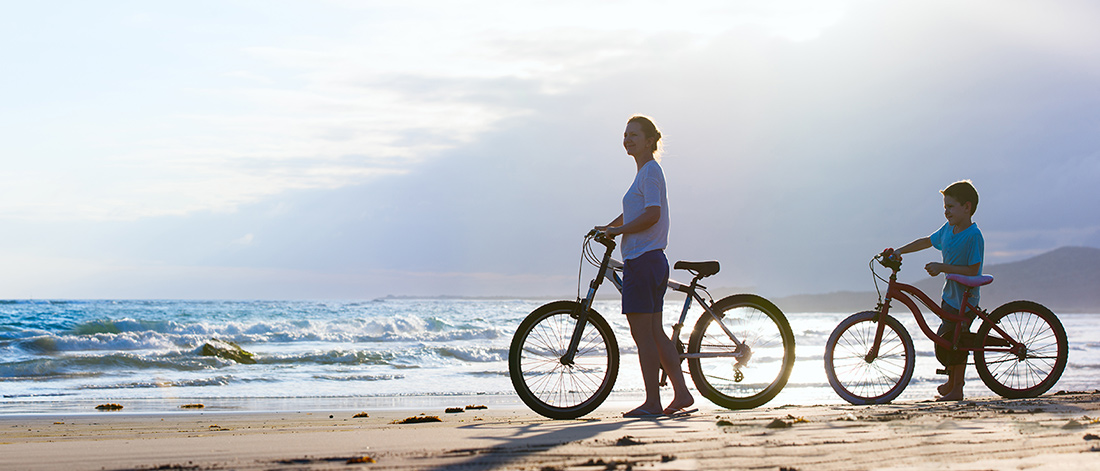As you might imagine, trust is a topic of conversation that often comes up in counselling. Individuals, couples, children, youth, and families walk in the door demonstrating an issue with trust — a lack of trust between people, or a deep need to rebuild trust after it’s been broken. An individual saying “I trust this…,” or “I don’t trust you…”, speaks volumes about the overall wellbeing of a relationship.
So what is trust and why does it matter? Trust is consistent, ongoing interactions that say “I’ve got your back”, “I see you”, “you matter,” and, as humans, we like and need this in our primary relationships. With our most important people, it’s about safety, emotional and physical safety. At a deep level, having or not having trust significantly changes the dynamic of how safe we feel.
Trust is something we all want and we constantly seek. We notice vocal tones, eye contact, consistencies, and inconsistencies. And when trust is in doubt, we notice more that doesn’t sit well, fit or feel good. We do this because on some deep level, we want to feel safe, so we are making judgments all the time about what’s around us that impacts our lives. Do I trust this food is edible, do I trust that politician has my best interest at heart, does my lover deserve my trust—these judgements are based on our wellbeing.
Overall, trust isn’t something we can give once and we’re done. We choose over and over again to work on increasing trust. We have to wake up each morning and decide to strengthen that part of our relationship or the risk is, we simply don’t— and our relationships suffer. As a partner or parent or employee, we need to ask ourselves —are my actions building trust or tearing holes in the fabric of this relationship, weakening its structure. And at its heart, the answer is in better communication. Good relationships require great communication— and that means both good speaking and listening skills.
Caroline Bradfield, Registered Clinical Counsellor, MaCP. RCC.
Comox Valley Counselling
www.comoxvalleycounselling.ca








